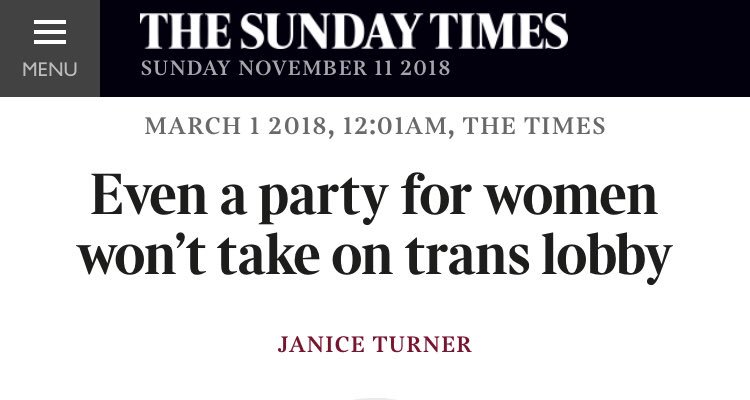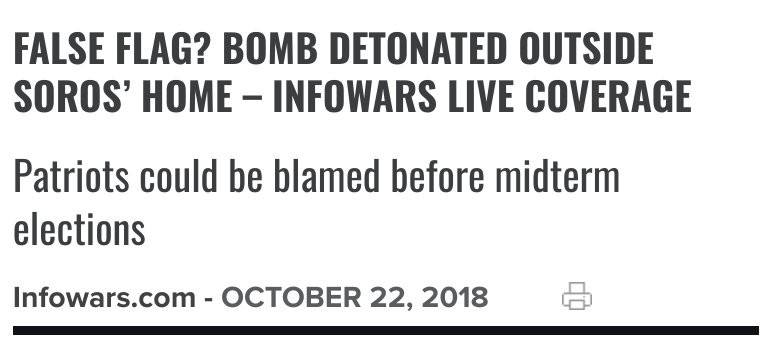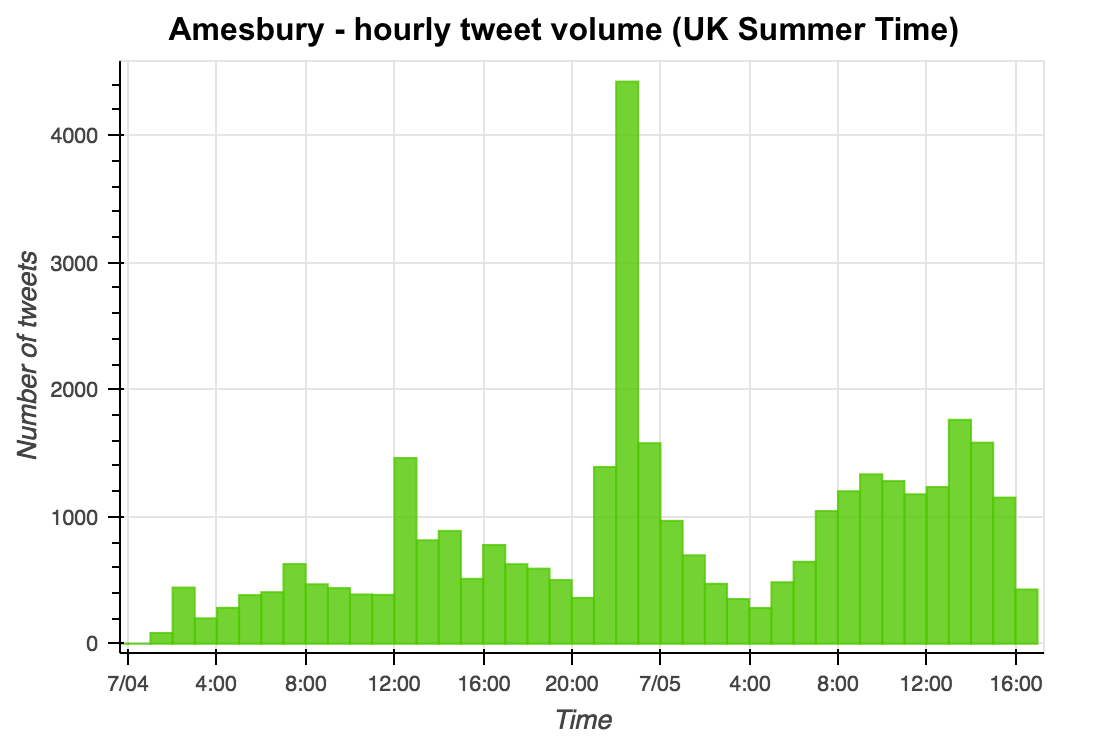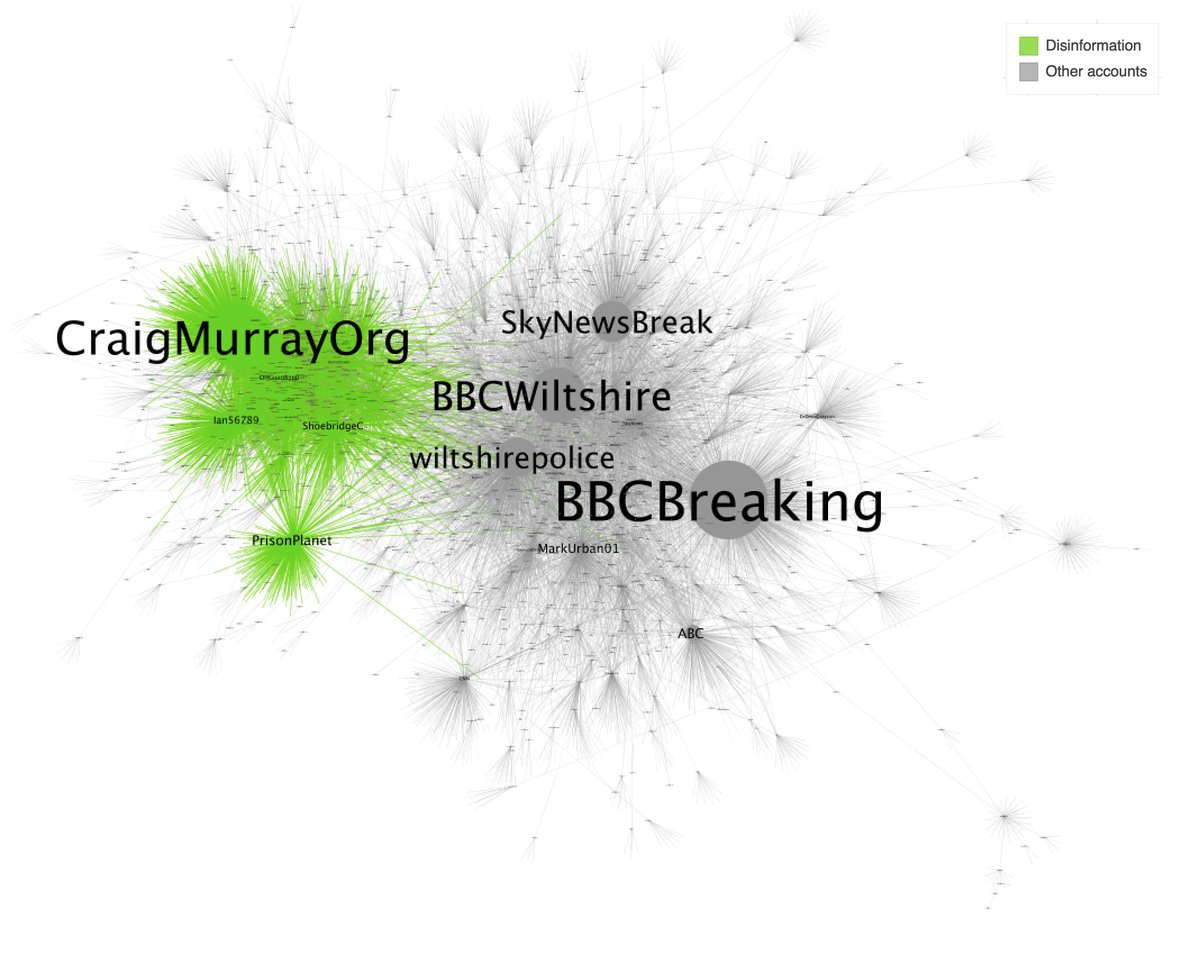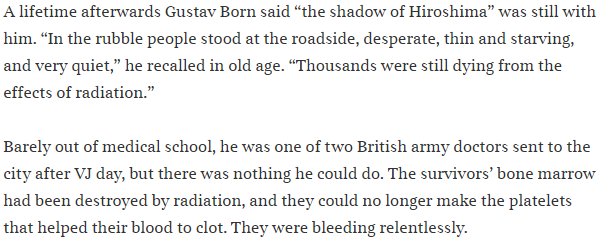Since then conversations with @PoliteVersion and links to an RBI source permit me to make some changes to the analysis I had shared
1. Use of 2017-18 numbers for all states (earlier used 17-18 numbers for most states, but 2016-17 for some)
2. Comparison over time using both Constant prices & Current prices
2 involves using the same price level to make the relative comparisons for both years. (Constant prices)
Previously I had used the prices of 2004 for 2004 numbers and the prices of 2017 for 2017 numbers (Current prices)
However that need not be the case. Hence the motivation to use constant prices
Intuitively using "constant prices" may make more sense.
But it has its own complications -
b) Getting results using "constant 2004" prices" is non trivial, as it involves mapping two different GDP series- 2004-05 & 2011-12
c) Also I have seen conflicting data points in the "constant price" data for 2011-12 series
But that's not always the case. So "constant price" results has its qualifiers
Thanks to @PoliteVersion again for providing more data to do the "constant price" analysis
That will be for another day.
1. m.rbi.org.in/Scripts/Annual…
2. niti.gov.in/content/capita…
3. niti.gov.in/content/capita…
4.mofapp.nic.in:8080/economicsurvey…
5. pib.nic.in/newsite/PrintR…
6. mospi.gov.in
PS: For states where 2017-18 numbers weren't available I've extrapolated based on 2014-2016 growth rates
There is a reason I shared both. Because of my personal discomfort with the "constant price" data -
Let's take an example -
Gujarat - 63,168
Karnataka - 46,012
2013-14 PCI using 2011-12 prices
Gujarat - 102,589
Karnataka - 101,918
So for the same yr (2013-14), we note that Gujarat and Kar have same PCI using 2011 prices
But 2004 prices lead you to believe otherwise
I think this "constant price" conundrum needs to be debated more widely










